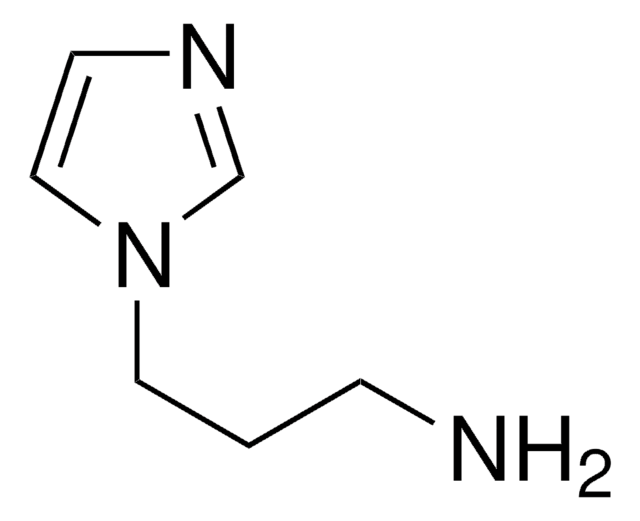Key Documents
910007
20-Azido-3,6,9,12,15,18-hexaoxaicosanoic acid
95%
Synonim(y):
Azido-PEG6-CH2CO2H, Azido-PEG6-acid, N3-PEG6-CH2COOH
About This Item
Polecane produkty
Próba
95%
Postać
(Liquid or Semi-Solid or Paste or Solid)
przydatność reakcji
reaction type: click chemistry
reagent type: cross-linking reagent
grupa funkcyjna
azide
carboxylic acid
temp. przechowywania
2-8°C
ciąg SMILES
OC(COCCOCCOCCOCCOCCOCCN=[N+]=[N-])=O
Zastosowanie
Informacje prawne
produkt powiązany
Kod klasy składowania
10 - Combustible liquids
Klasa zagrożenia wodnego (WGK)
WGK 3
Temperatura zapłonu (°F)
Not applicable
Temperatura zapłonu (°C)
Not applicable
Wybierz jedną z najnowszych wersji:
Certyfikaty analizy (CoA)
Nie widzisz odpowiedniej wersji?
Jeśli potrzebujesz konkretnej wersji, możesz wyszukać konkretny certyfikat według numeru partii lub serii.
Masz już ten produkt?
Dokumenty związane z niedawno zakupionymi produktami zostały zamieszczone w Bibliotece dokumentów.
Nasz zespół naukowców ma doświadczenie we wszystkich obszarach badań, w tym w naukach przyrodniczych, materiałoznawstwie, syntezie chemicznej, chromatografii, analityce i wielu innych dziedzinach.
Skontaktuj się z zespołem ds. pomocy technicznej








